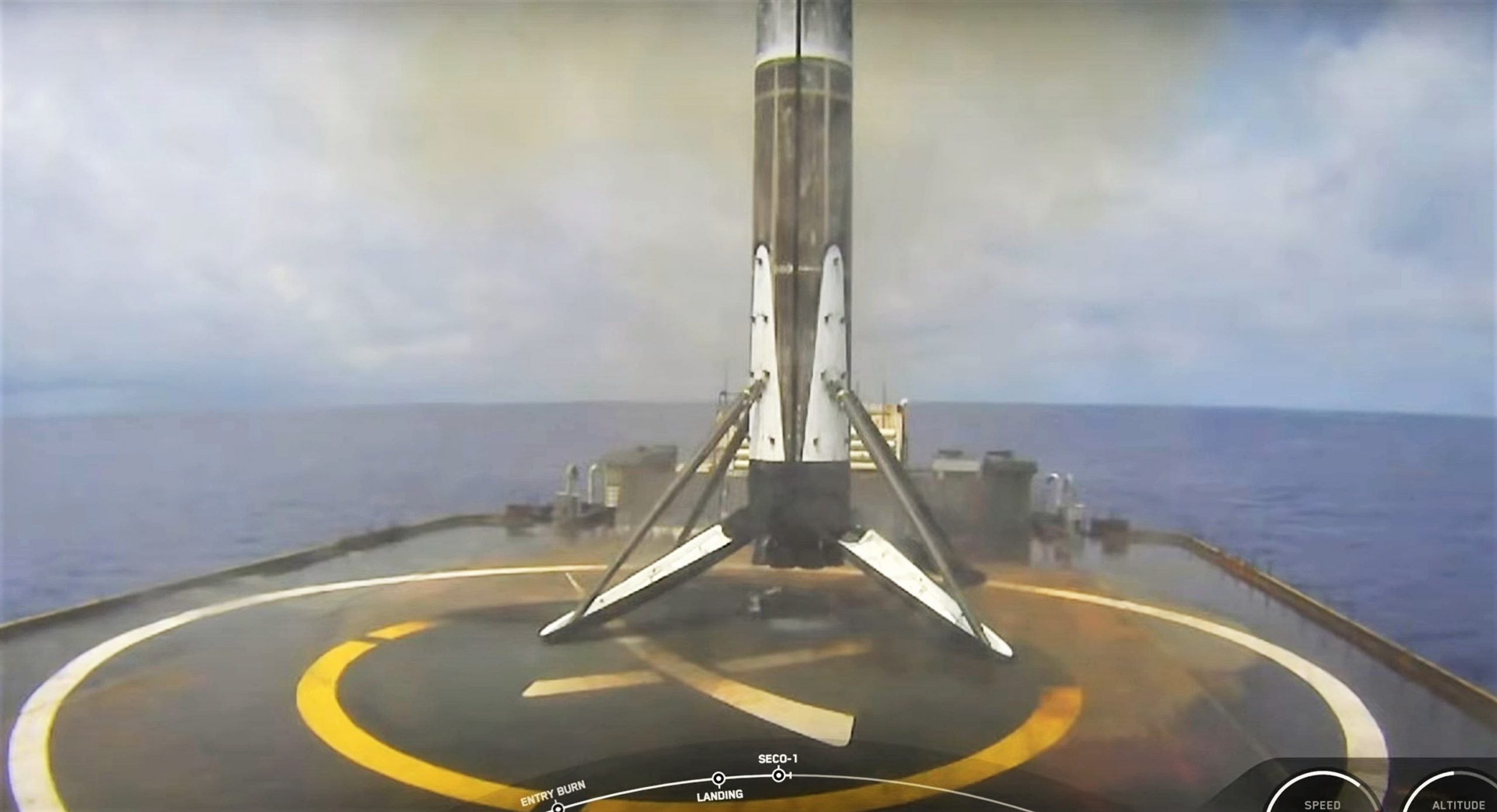
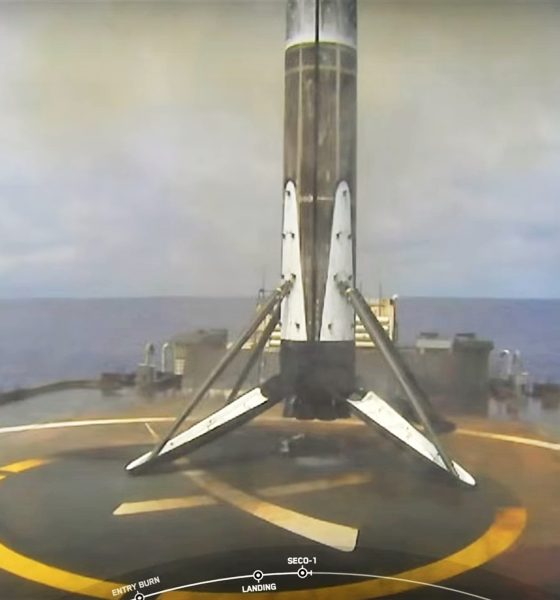
News
SpaceX Starlink launch marks record Falcon fairing reuse, 85th booster landing
Update: SpaceX aced its 28th operational Starlink launch without issue, simultaneously marking a new record for Falcon fairing reuse, the 85th successful Falcon booster landing, and Falcon’s 94th consecutively successful launch.
SpaceX says that its 14th Starlink launch of 2021 will also be the first mission to fly a reusable Falcon payload fairing for the fifth time, marking a significant milestone just 18 months after fairing reuse began.
Scheduled to lift off no earlier than (NET) 2:59 pm EDT (18:59 UTC) on Wednesday, May 26th, Starlink-28 will be SpaceX’s 12th dedicated Starlink launch and 14th Starlink launch overall this year – representing more than 780 satellites safely delivered to orbit in five months. Perhaps most notably, Starlink-28 – if successful – will push SpaceX past a milestone that COO and President Gwynne Shotwell recently stated would enable virtually uninterrupted Starlink coverage of the populated world.
SpaceX says that Starlink-28 will fly with two flight-proven payload fairing halves – one having previously supported four Starlink missions and the other a Starlink mission and Transporter-1. Falcon fairings are vast nosecone-like structures built mainly out of carbon fiber and aluminum honeycomb composites and designed to maintain a sterile, controlled environment for satellites and protect them from the elements, heating, and aerodynamic stress while inside Earth’s atmosphere. SpaceX currently uses the same fairing design for all Falcon 9 and Falcon Heavy satellite launches, simplifying its product line to keep costs as low as possible.
Historically, SpaceX executives have stated that each pair of Falcon fairings represents around 10% of the cost of Falcon 9 production, or $5 million. Due to the need for massive autoclave curing ovens, the volume and speed of Falcon fairing production has a firm lower limit save for expensive, space-hungry factory expansions. For SpaceX’s increasingly ambitious Starlink launch cadence goals, that means that fairing recovery and reuse is more valuable and essential than each pair’s price tag would otherwise suggest.
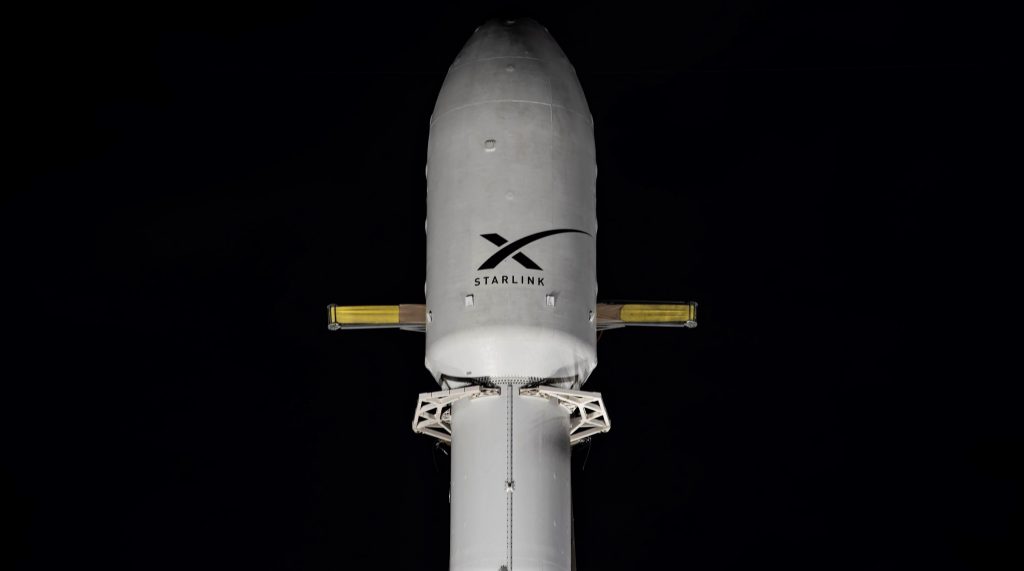
SpaceX reused Falcon fairings for the first time on Starlink’s first operational v1.0 satellite launch in November 2019, approximately 18 months ago. Since then, of 28 operational Starlink missions, only 11 have flown new fairings, more than doubling the effective output of SpaceX’s limited fairing production capacity. All told, SpaceX has flown 34 flight-proven fairing halves on 19 separate missions – almost every other Falcon 9 launch since November 2019.
Starlink-28 will fly one of its two fairing halves for the fifth time just 18 months after the first fairing reuse. In comparison, SpaceX’s Falcon booster reusability program took three years – 36 months – to go from first reuse to a fifth flight of the same booster. In other words, SpaceX fairing reusability is speeding right along as it crosses milestones more than twice as quickly as boosters did. Over the brief life of the program, fairing reuse has likely already saved SpaceX at least $90 million in nonrecurring costs while simultaneously freeing up a substantial portion of the company’s composites team to fill in on other composites projects and reducing or replacing the need for tens of millions of dollars of new production space and equipment.
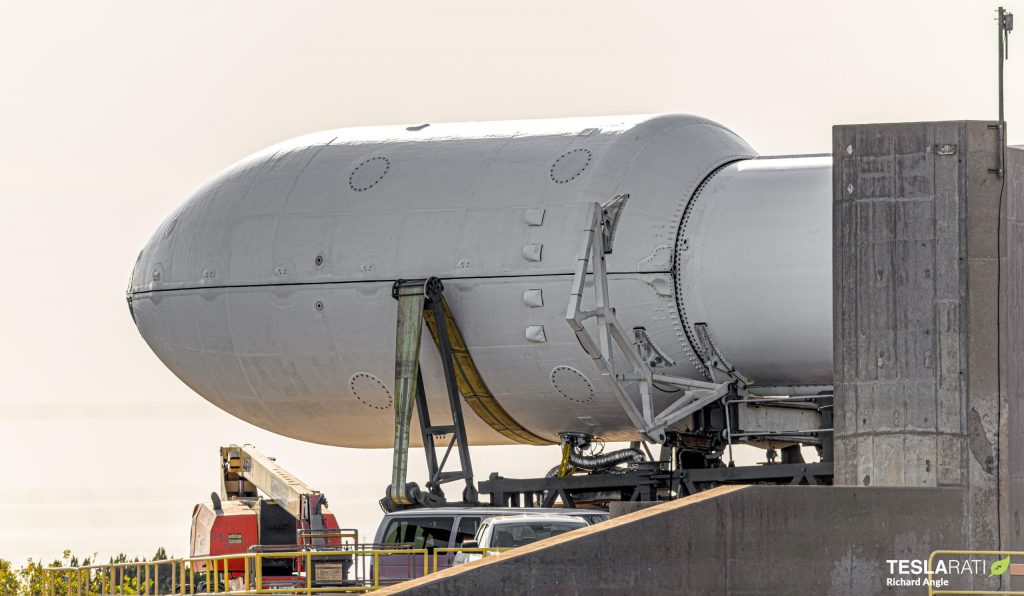
Tune in at the link below around 2:45 pm EDT (18:45 UTC) to watch SpaceX’s Starlink-28 launch live.

News
Tesla Cybercab tests are going on overdrive with production-ready units
Tesla is ramping its real-world tests of the Cybercab, with multiple sightings of the vehicle being reported across social media this week.
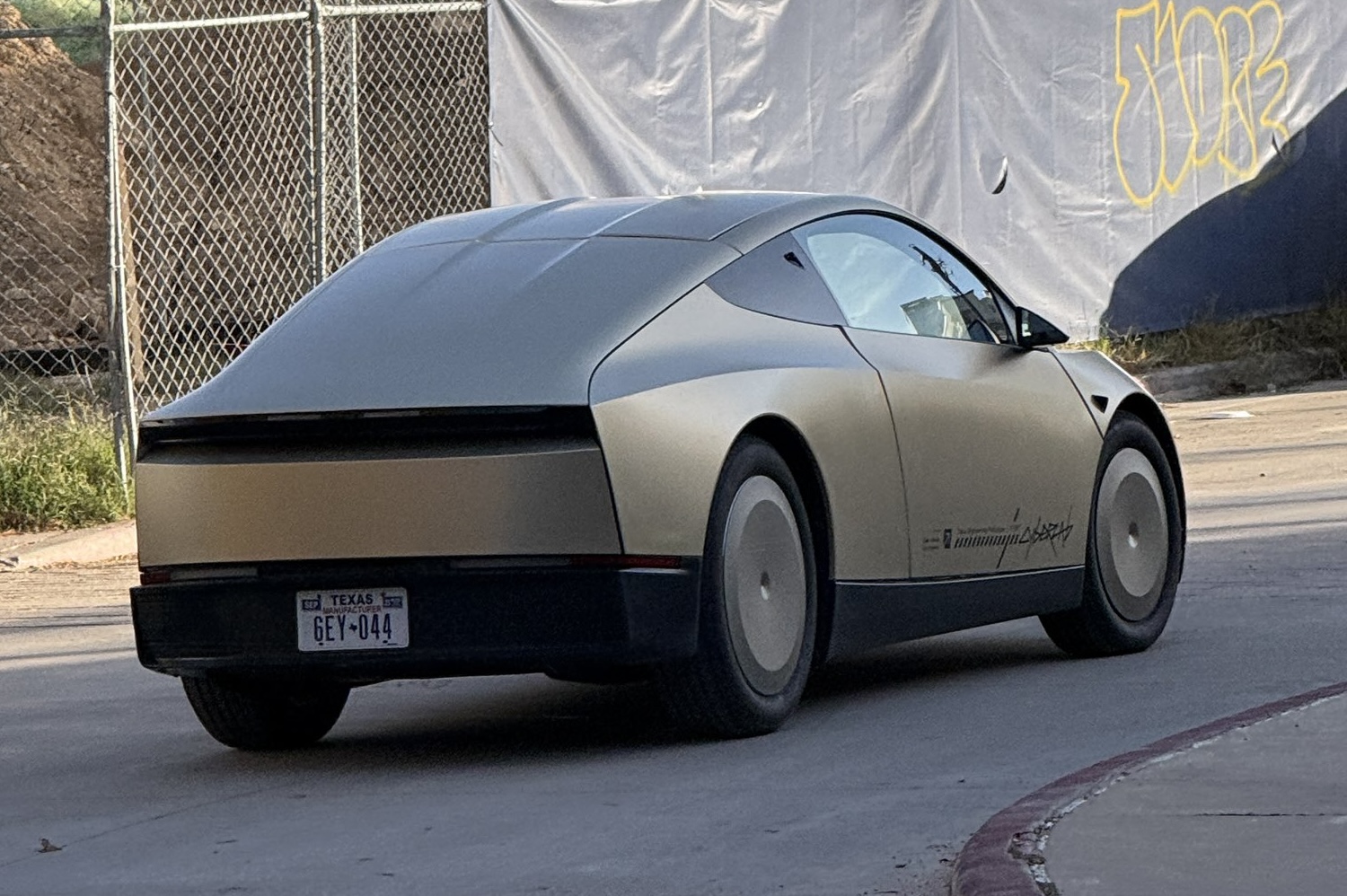
Tesla is ramping its real-world tests of the Cybercab, with multiple sightings of the autonomous two-seater being reported across social media this week. Based on videos of the vehicle that have been shared online, it appears that Cybercab tests are underway across multiple states.
Recent Cybercab sightings
Reports of Cybercab tests have ramped this week, with a vehicle that looked like a production-ready prototype being spotted at Apple’s Visitor Center in California. The vehicle in this sighting was interesting as it was equipped with a steering wheel. The vehicle also featured some changes to the design of its brake lights.
The Cybercab was also filmed testing at the Fremont factory’s test track, which also seemed to involve a vehicle that looked production-ready. This also seemed to be the case for a Cybercab that was spotted in Austin, Texas, which happened to be undergoing real-world tests. Overall, these sightings suggest that Cybercab testing is fully underway, and the vehicle is really moving towards production.
Production design all but finalized?
Recently, a near-production-ready Cybercab was showcased at Tesla’s Santana Row showroom in San Jose. The vehicle was equipped with frameless windows, dual windshield wipers, powered butterfly door struts, an extended front splitter, an updated lightbar, new wheel covers, and a license plate bracket. Interior updates include redesigned dash/door panels, refined seats with center cupholders, updated carpet, and what appeared to be improved legroom.
There seems to be a pretty good chance that the Cybercab’s design has been all but finalized, at least considering Elon Musk’s comments at the 2025 Annual Shareholder Meeting. During the event, Musk confirmed that the vehicle will enter production around April 2026, and its production targets will be quite ambitious.
News
Tesla gets a win in Sweden as union withdraws potentially “illegal” blockade
As per recent reports, the Vision union’s planned anti-Tesla action might have been illegal.
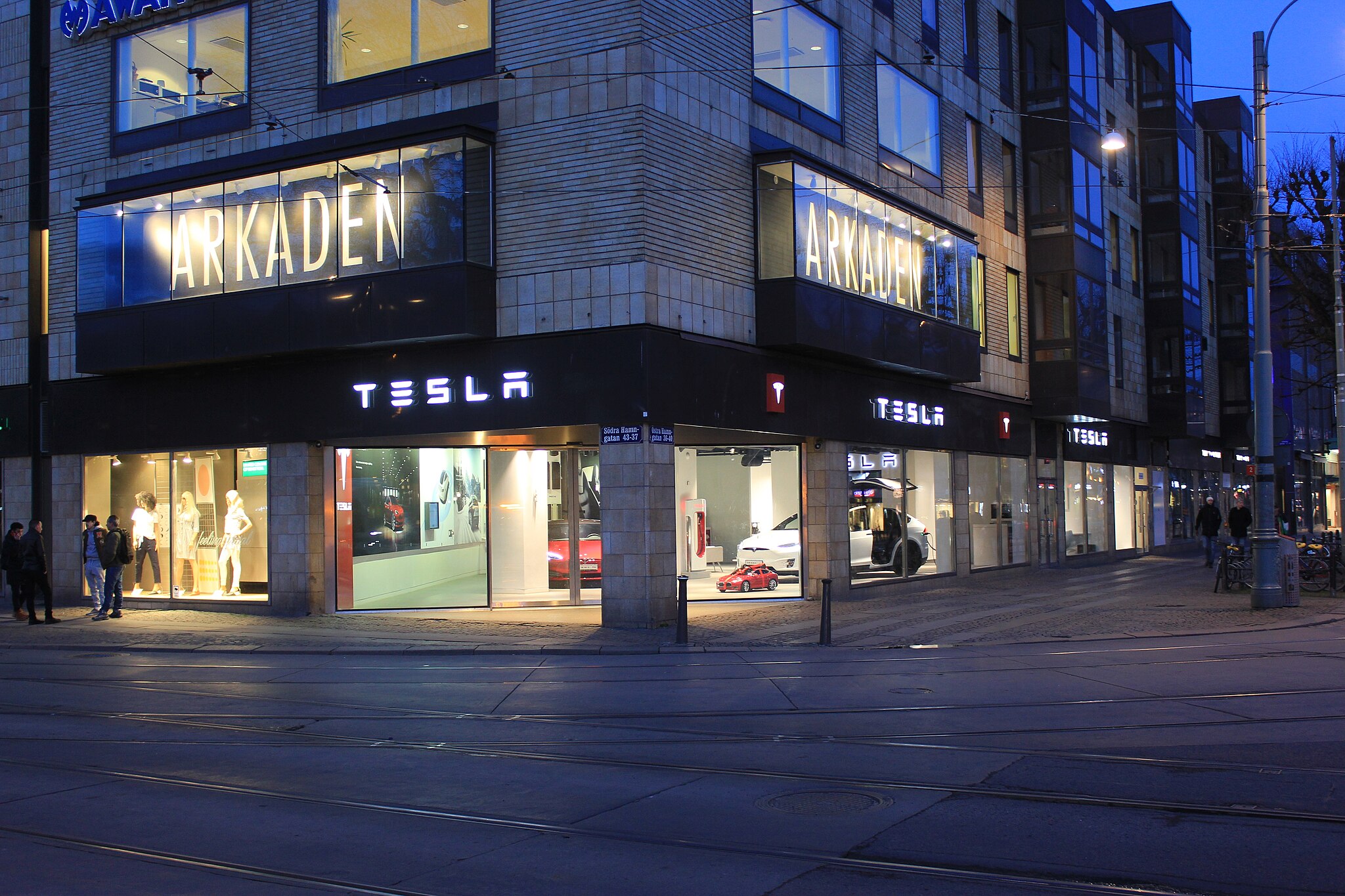
Swedish union Vision has withdrawn its sympathy blockade against Tesla’s planned service center and showroom in Kalmar. As per recent reports, the Vision union’s planned anti-Tesla action might have been illegal.
Vision’s decision to pull the blockade
Vision announced the blockade in early December, stating that it was targeting the administrative handling of Tesla’s facility permits in Kalmar municipality. The sympathy measure was expected to start Monday, but was formally withdrawn via documents sent to the Mediation Institute and Kalmar Municipality last week.
As noted in a Daggers Arbete report, plans for the strike were ultimately pulled after employer group SKR highlighted potential illegality under the Public Employment Act. Vision stressed its continued backing for the Swedish labor model, though Deputy negotiation manager Oskar Pettersson explained that the Vision union and IF Metall made the decision to cancel the planned strike together.
“We will not continue to challenge the regulations,” Petterson said. “The objection was of a technical nature. We made the assessment together with IF Metall that we were not in a position to challenge the legal assessment of whether we could take this particular action against Tesla. Therefore, we chose to revoke the notice itself.”
The SKR’s warning
Petterson also stated that SKR’s technical objection to the Vision union’s planned anti-Tesla strike framed the protest as an unauthorized act. “It was a legal assessment of the situation. Both for us and for IF Metall, it is important to be clear that we stand for the Swedish model. But we should not continue to challenge the regulations and risk getting judgments that lead nowhere in the application of the regulations,” he said.
Vision ultimately canceled its planned blockade against Tesla on December 9. With Vision’s withdrawal, few obstacles remain for Tesla’s long-planned Kalmar site. A foreign electrical firm completed work this fall, and Tesla’s Careers page currently lists a full-time service manager position based there, signaling an imminent opening.
News
Tesla Semi program Director teases major improvements
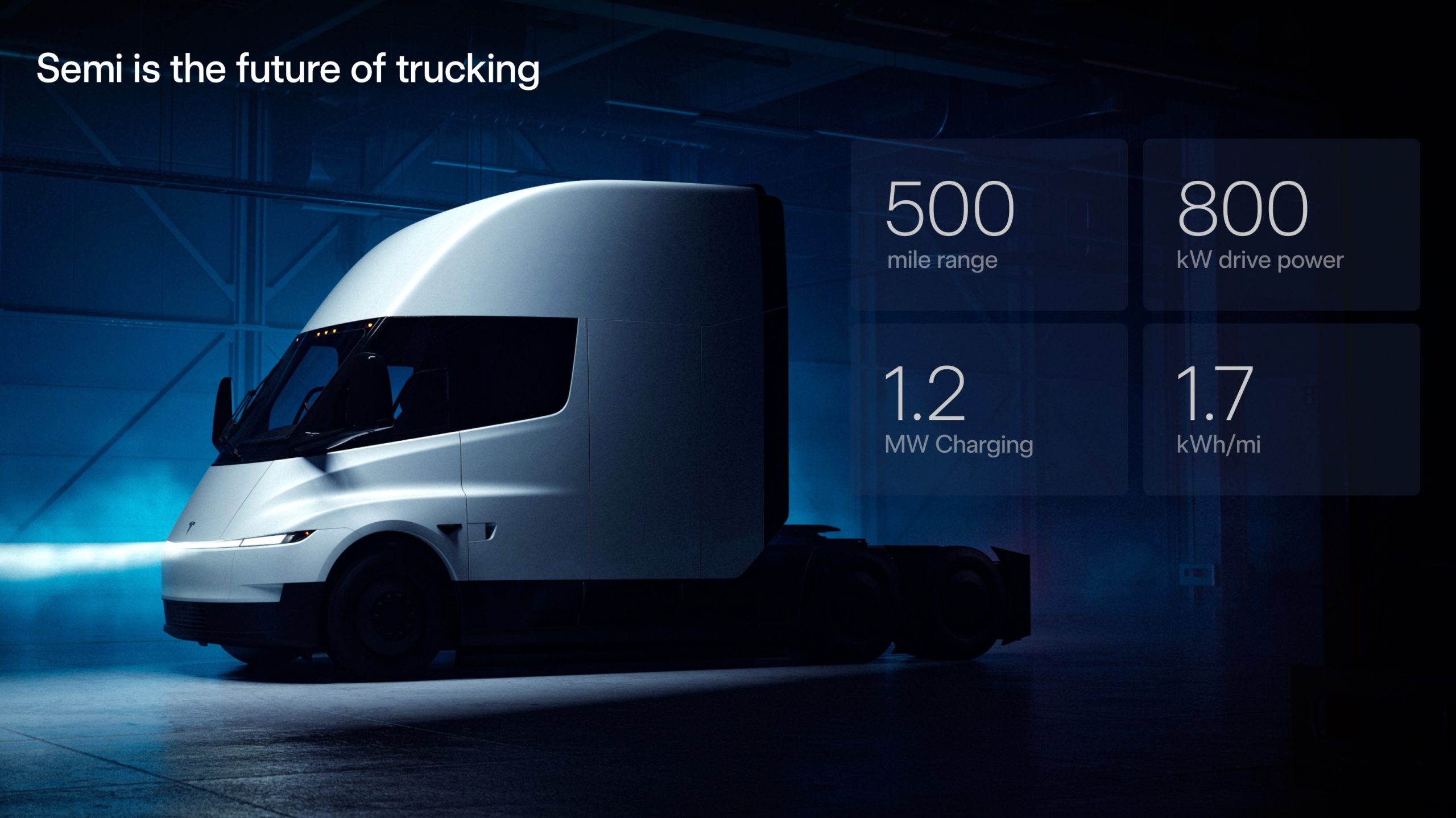
Tesla Semi Program Director Dan Priestly teased the major improvements to the all-electric Class 8 truck on Thursday night, following the company’s decision to overhaul the design earlier this year.
Priestley said he drove the Semi on Thursday, and the improvements appear to be welcomed by one of the minds behind the project. “Our customers are going to love it,” he concluded.
Just drove the redesigned Semi. Our customers are going to love it. https://t.co/KZ88sf1CDL
— Dan Priestley (@danWpriestley) December 19, 2025
The small detail does not seem like much, but it is coming from someone who has been involved in the development of the truck from A to Z. Priestley has been involved in the Semi program since November 2015 and has slowly worked his way through the ranks, and currently stands as the Director of the program.
Tesla Semi undergoes major redesign as dedicated factory preps for deliveries
Tesla made some major changes to the Semi design as it announced at the 2025 Annual Shareholder Meeting that it changed the look and design to welcome improvements in efficiency.
Initially, Tesla adopted the blade-like light bar for the Semi, similar to the one that is present on the Model Y Premium and the Cybertruck.
Additionally, there are some slight aesthetic changes to help with efficiency, including a redesigned bumper with improved aero channels, a smaller wraparound windshield, and a smoother roofline for better aero performance.
All of these changes came as the company’s Semi Factory, which is located on Gigafactory Nevada’s property, was finishing up construction in preparation for initial production phases, as Tesla is planning to ramp up manufacturing next year. CEO Elon Musk has said the Semi has attracted “ridiculous demand.”
The Semi has already gathered many large companies that have signed up to buy units, including Frito-Lay and PepsiCo., which have been helping Tesla test the vehicle in a pilot program to test range, efficiency, and other important metrics that will be a major selling point.
Tesla will be the Semi’s first user, though, and the truck will help solve some of the company’s logistics needs in the coming years.








